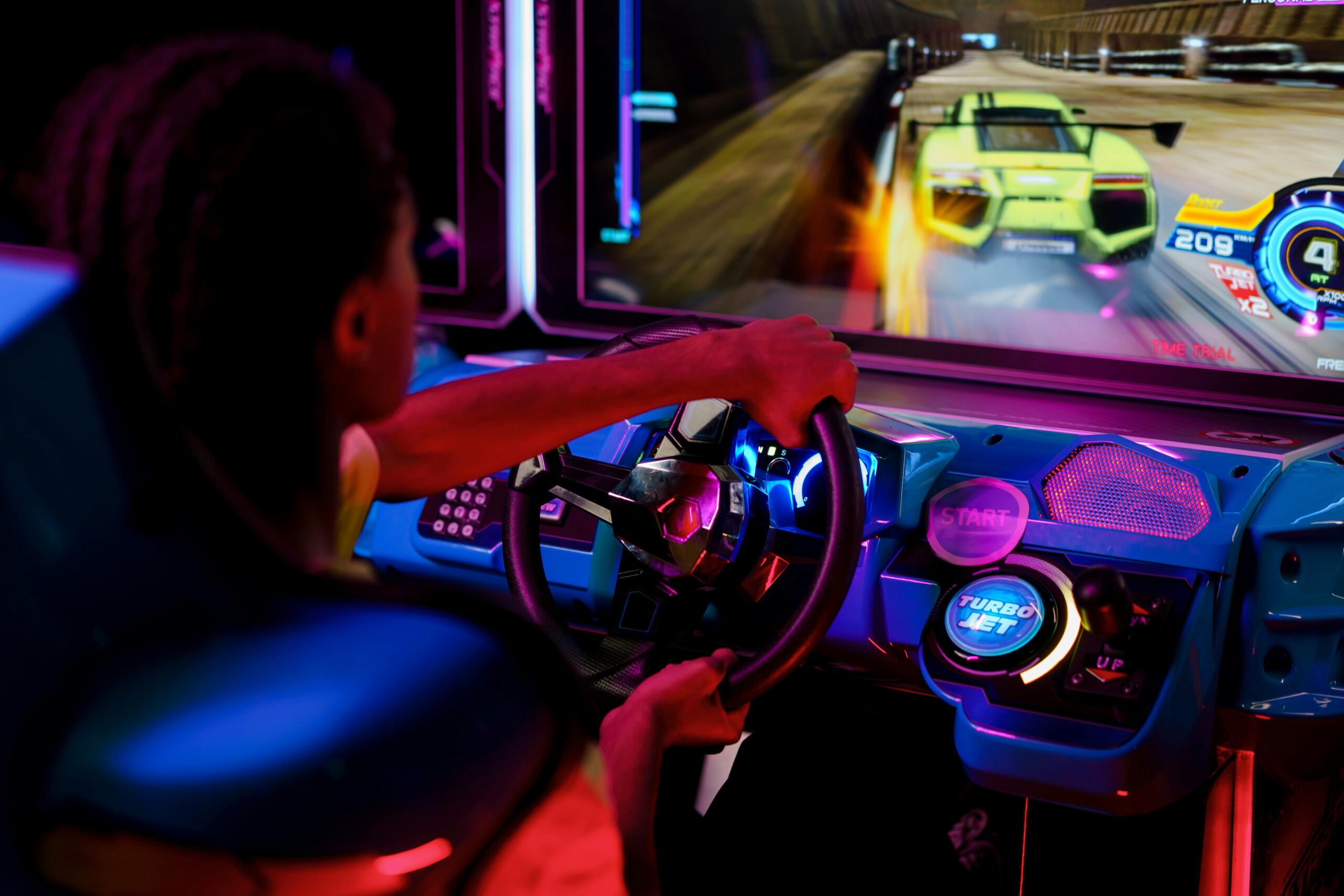In recent years, virtual reality (VR) technology has made significant strides in transforming various industries, from healthcare to gaming. However, one of its most profound applications might be in helping individuals with autism navigate one of the most challenging aspects of daily life: driving. For people on the autism spectrum, driving often presents unique challenges, from sensory overload to difficulty interpreting social cues and making split-second decisions. But with the advent of VR, there’s hope that these hurdles can be overcome.
What Makes Driving Difficult for Autistic Individuals?
For those with autism, driving involves more than just operating a vehicle. There are several cognitive and sensory demands that can make it overwhelming:
- Sensory Overload: The noise, flashing lights, and movement of other vehicles can create a sensory overload that makes it hard to focus on the road.
- Social Communication: Understanding social cues, such as the actions of other drivers (e.g., the subtle signaling of intent), can be difficult for some people with autism.
- Executive Functioning Challenges: Tasks that require multitasking, like observing traffic signs, responding to road conditions, and adjusting speed, may be challenging.
- Spatial Awareness: Understanding the position of the vehicle in relation to other cars, pedestrians, and objects can be a struggle for some individuals with autism.
Virtual Reality as a Training Tool
Enter virtual reality—a technology that’s proving to be a powerful training tool for individuals on the spectrum. By simulating real-world driving environments in a controlled, immersive setting, VR allows users to practice and build skills in a safe and low-stress environment. Here’s how VR can help:
1. Simulated Driving Experiences
Using VR headsets and interactive controls, users can experience a variety of driving scenarios that would be difficult or dangerous to simulate in real life. From navigating busy intersections to practicing parallel parking, VR technology offers the flexibility to customize training experiences. This can be especially helpful for individuals who need to build confidence before taking to the road.
2. Desensitization to Sensory Overload
One of the most significant advantages of VR is that it allows users to gradually adjust to overwhelming stimuli. For autistic individuals who may struggle with sensory overload, VR can simulate different levels of noise, lighting, and traffic. This controlled exposure helps desensitize the brain to these stimuli, allowing users to better manage real-world sensory input when they’re behind the wheel.
3. Social Cue Recognition and Decision-Making
In a typical driving environment, recognizing and responding to social cues is crucial. VR simulations can include virtual pedestrians, cyclists, and other vehicles, allowing users to practice interpreting these cues. This helps individuals with autism develop more efficient decision-making skills when it comes to understanding when to yield, stop, or proceed in a driving situation.
4. Improved Spatial Awareness
Many VR driving simulations incorporate 3D environments that help users practice spatial awareness in a realistic way. For example, VR can simulate situations where the driver needs to judge distance or make quick lane changes. This type of practice can be incredibly beneficial in improving the spatial reasoning and hand-eye coordination that are essential for safe driving.
Real-World Examples of VR Driving Programs for Autistic Drivers
Several organizations and research projects are already working on integrating VR into driving education programs for individuals with autism. For instance:
- The Autism Driving Project: This initiative, developed by experts in autism and transportation safety, uses VR technology to create a safe space for practicing driving. The program aims to provide personalized training that helps individuals with autism improve their driving abilities while boosting confidence.
- Autism Spectrum Disorder Driver Training (ASD-DT): ASD-DT is a program that uses VR and other technologies to simulate road conditions and help students with autism navigate driving challenges. The goal is to develop skills in a low-risk environment, where users can work at their own pace.
The Future of VR and Driving for Autistic Individuals
As VR technology continues to evolve, its applications for individuals with autism will only expand. The integration of AI and machine learning could lead to even more personalized training experiences, where the system learns from the user’s performance and adapts the scenarios accordingly. Additionally, advancements in haptic feedback could simulate the physical sensations of driving, such as steering or braking, further enhancing the realism of VR simulations.
Moreover, autonomous driving technology, though still in its infancy, holds promise for individuals with autism. VR can help users familiarize themselves with self-driving systems, potentially easing the transition to vehicles that require less active involvement from the driver.
Conclusion
Virtual reality is offering new hope to individuals with autism who aspire to drive. By providing a safe, controlled environment for practice, VR is helping these individuals build the skills and confidence they need to navigate the challenges of the road. As the technology improves and becomes more accessible, VR has the potential to make driving more inclusive for everyone, empowering individuals with autism to gain greater independence and mobility.
For parents, caregivers, and individuals on the spectrum, embracing VR as a tool for driving education could mark the beginning of a new era in driving safety, skill development, and personal empowerment.







